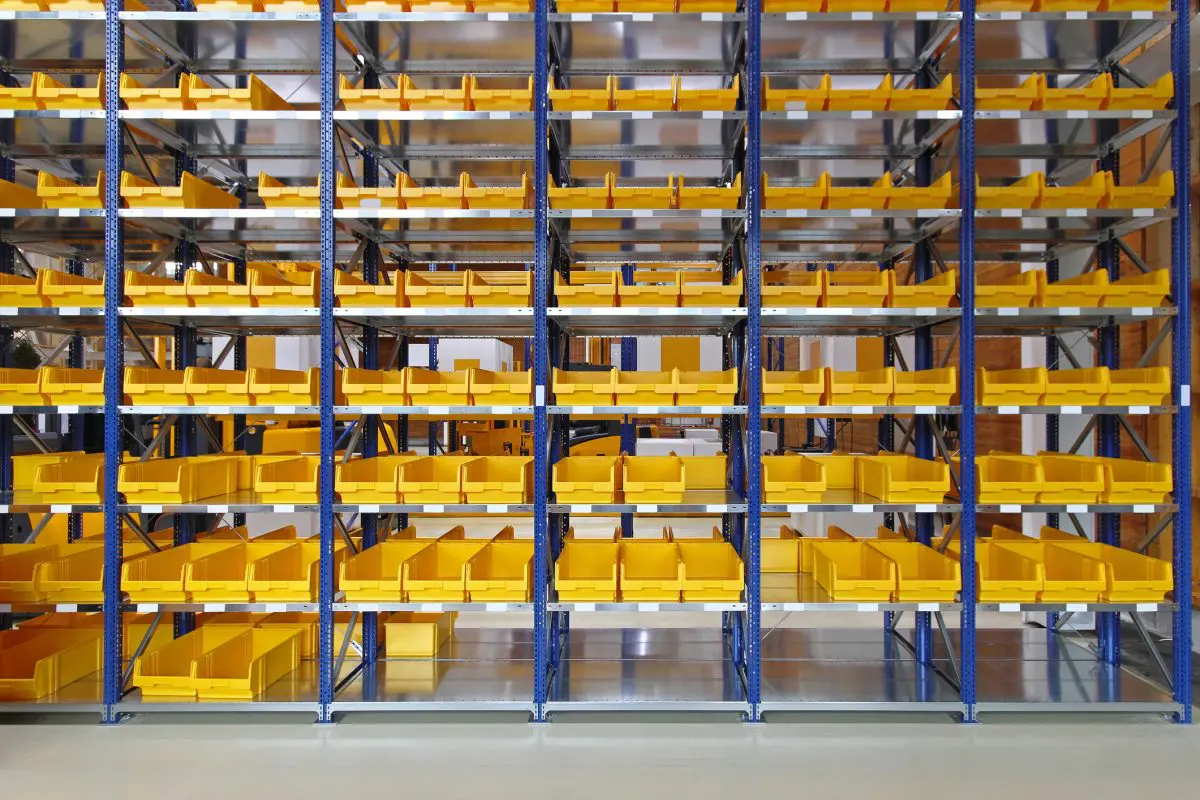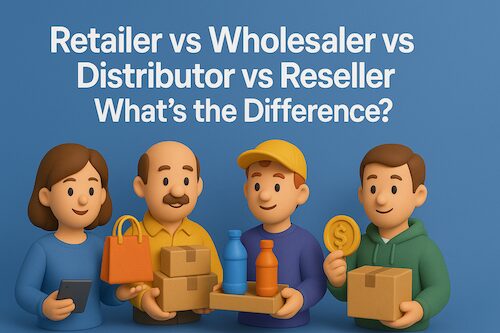What is the meaning of Acceptable Quality Level (AQL)?
The Acceptable Quality Level (AQL) is a fundamental concept in quality management, particularly in product inspection and sampling. It refers to the maximum number of defective items considered acceptable during random sampling quality inspections. AQL is not a measure of the overall quality of a production lot but rather a statistical guideline to determine whether a batch should be accepted or rejected. It helps strike a balance between inspection effort and quality assurance, especially in high-volume production processes. The AQL is expressed as a percentage or ratio that reflects the proportion of defects allowed per hundred units (e.g., AQL of 1.5 means 1.5 defects per 100 items are acceptable).
Why is AQL important in quality control?
AQL plays a vital role in quality control by enabling manufacturers and inspectors to make data-driven decisions about accepting or rejecting lots. It offers a standardized framework for quality evaluation, which is crucial in managing supplier performance and maintaining consistent product standards. By defining acceptable limits of variability, AQL helps avoid over-inspection (which can be costly and time-consuming) and under-inspection (which can lead to quality risks and dissatisfied customers). It’s commonly used in industries such as electronics, textiles, pharmaceuticals, and consumer goods.
When is AQL used in the inspection process?
AQL is typically used during the **incoming inspection** (raw materials), **in-process inspection** (during manufacturing), or **final inspection** (before shipping to customers). Sampling is conducted based on pre-defined plans (like ANSI/ASQ Z1.4 or ISO 2859-1), where a certain number of units are randomly selected from a lot. If the number of defective units found during the inspection exceeds the threshold determined by the AQL, the lot is rejected; otherwise, it is accepted.
How is AQL determined or chosen?
The AQL level is typically determined based on the criticality of the product or component and the risk tolerance of the company or client. There are usually three general levels:
- Critical defects: Not acceptable at all (AQL = 0)
- Major defects: Can cause user dissatisfaction (commonly AQL = 1.0 or 1.5)
- Minor defects: Less serious, unlikely to affect function or value (AQL = 2.5 or higher)
Most organizations follow international standards and consult with stakeholders (suppliers, customers) to agree on the appropriate AQL level for each product category.
What limitations or challenges are associated with AQL?
While AQL provides a structured way to perform quality inspections, it is not without limitations. It assumes that a certain level of defects is tolerable, which may not align with some companies’ goals of zero defects or continuous improvement. Additionally, it does not guarantee that all items in a lot meet the required quality—it only provides a statistical confidence level based on sampling. Misinterpretation of AQL values can lead to disagreements between buyers and suppliers. Also, AQL might not be suitable for small lots or highly critical products, where even one defect is unacceptable.
Can you give an example of AQL in practice?
Suppose a company orders 10,000 USB drives from a supplier. Based on AQL 1.5 and using the ANSI/ASQ Z1.4 standard, the sampling plan might require inspecting 200 units. According to the table, if there are more than 5 defective units in the sample, the entire lot is rejected. If 5 or fewer defective units are found, the lot is accepted. This approach saves time and cost compared to inspecting every unit, while still maintaining a statistically acceptable risk level.








